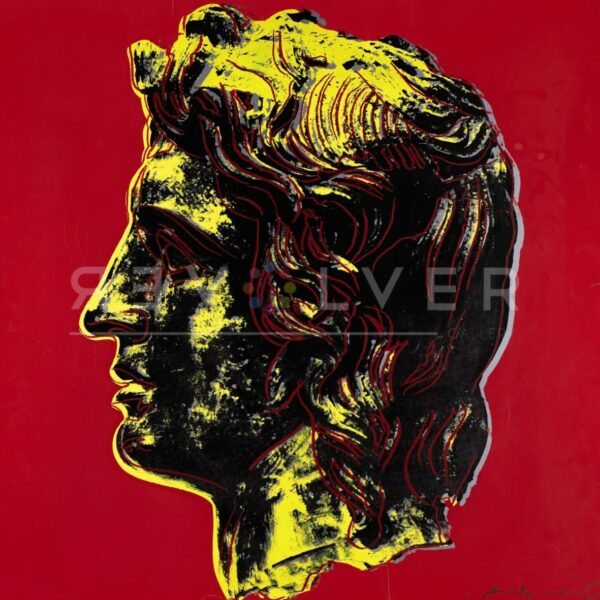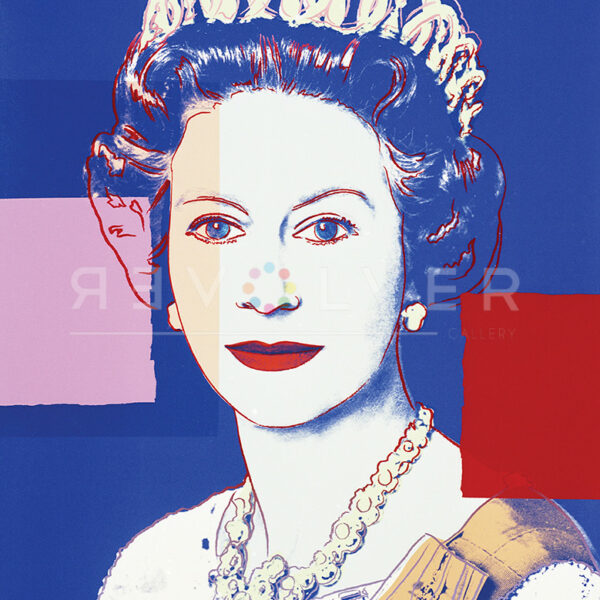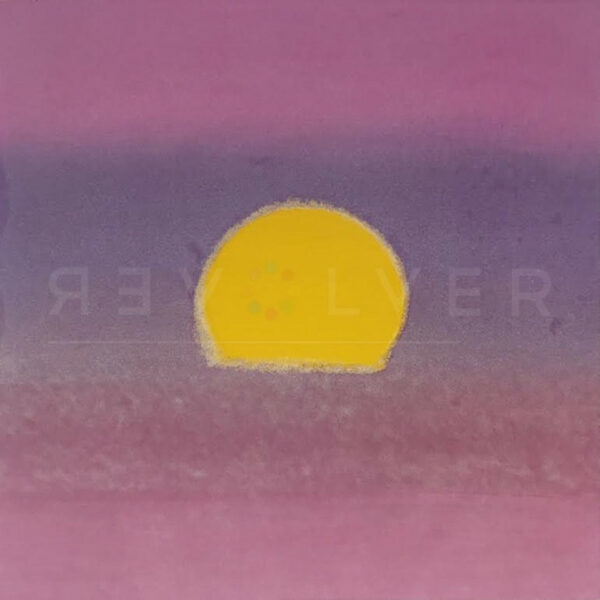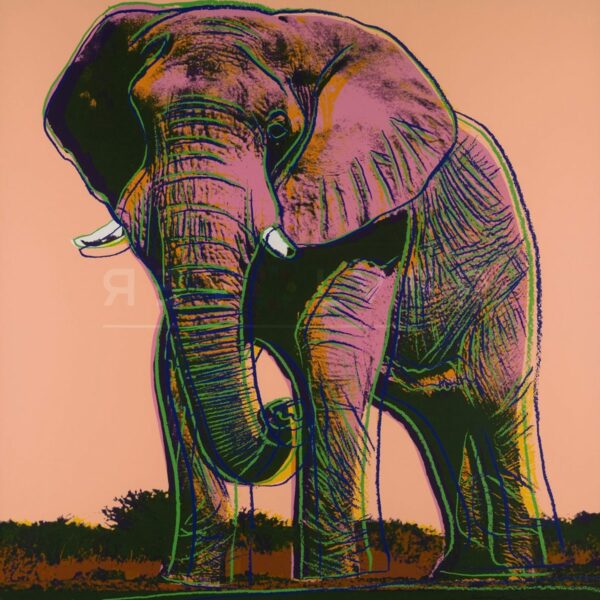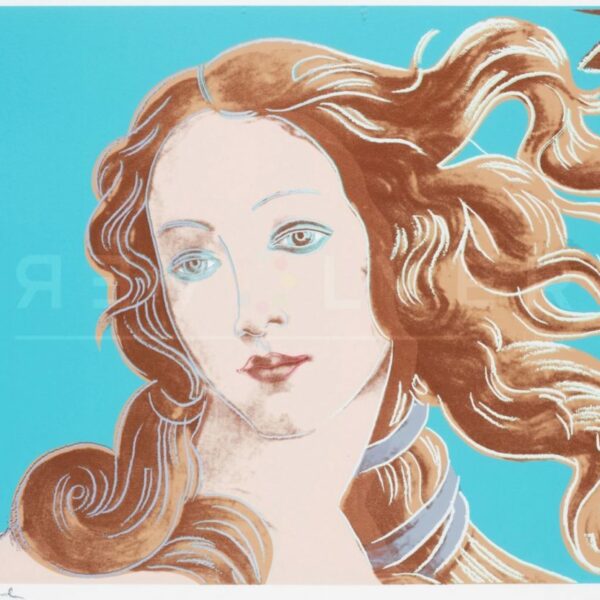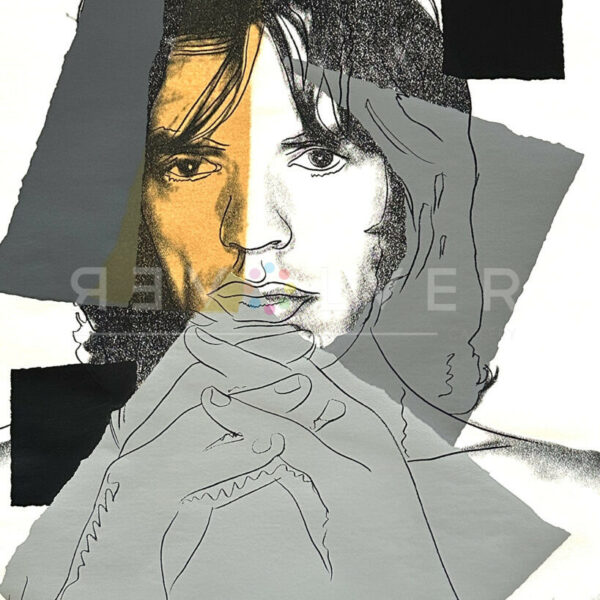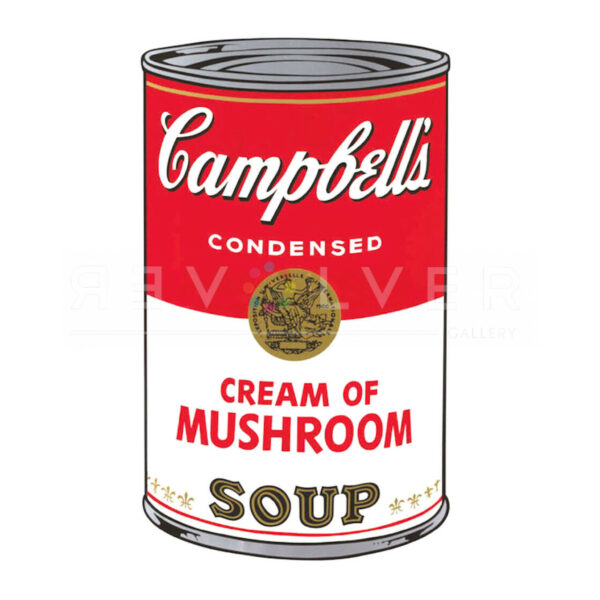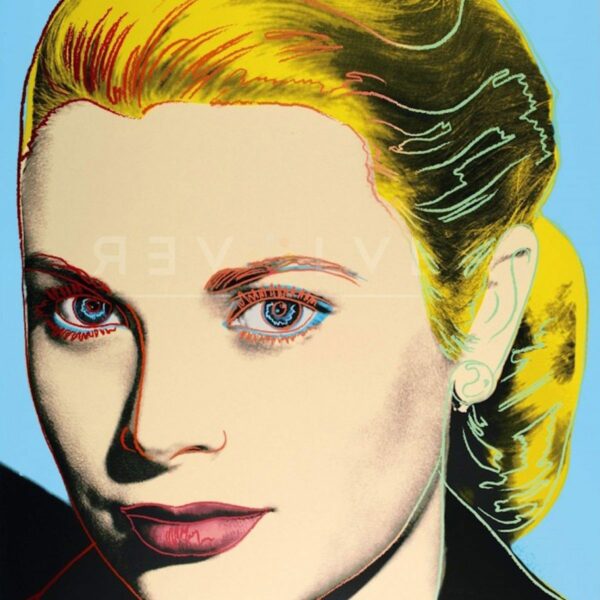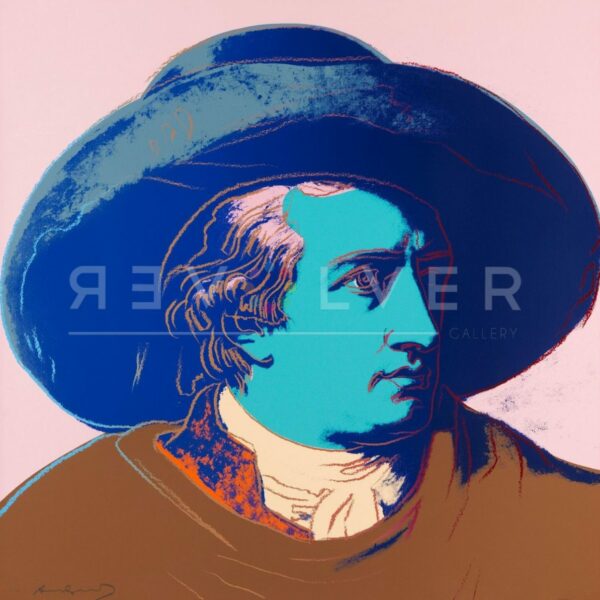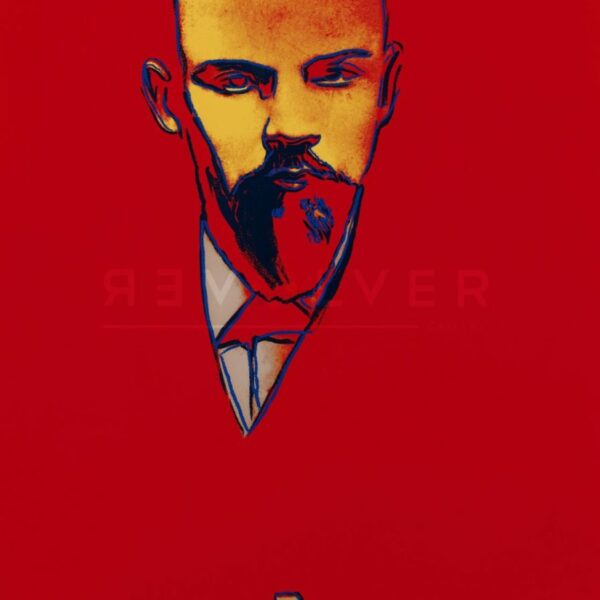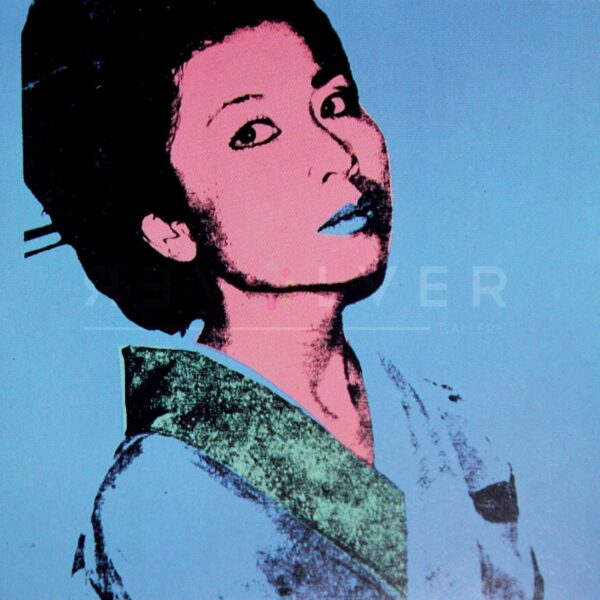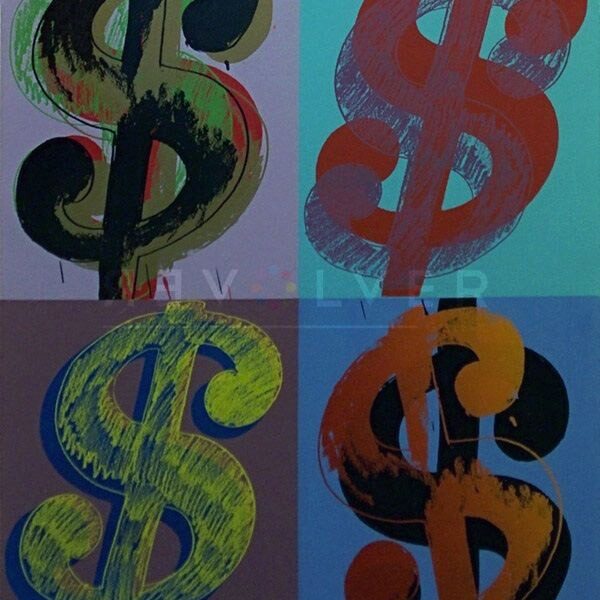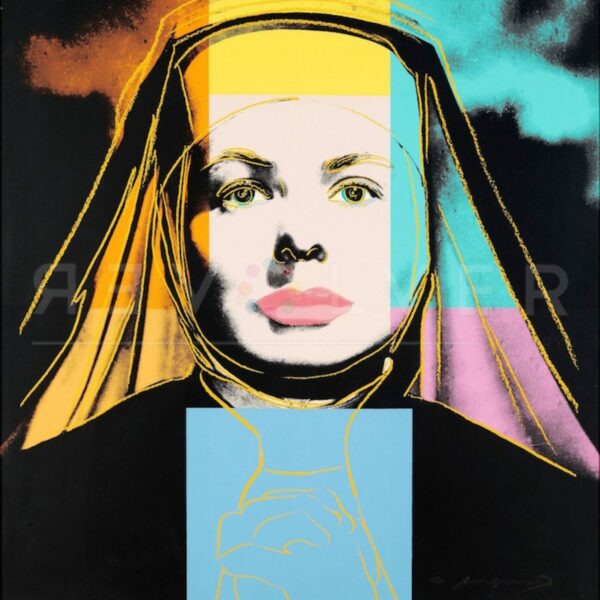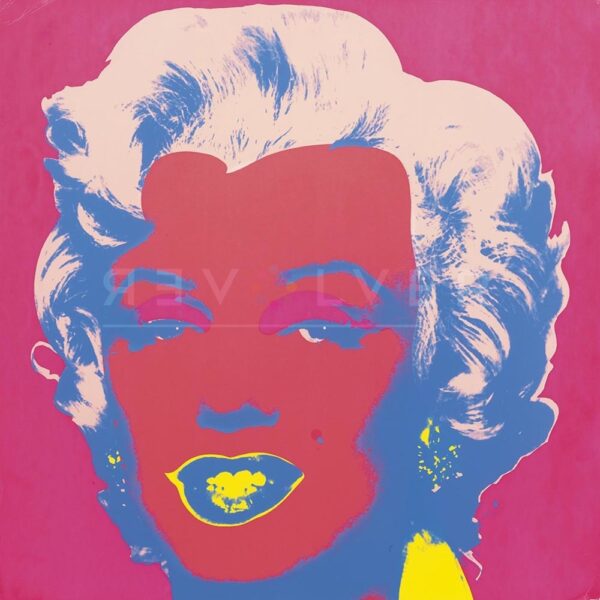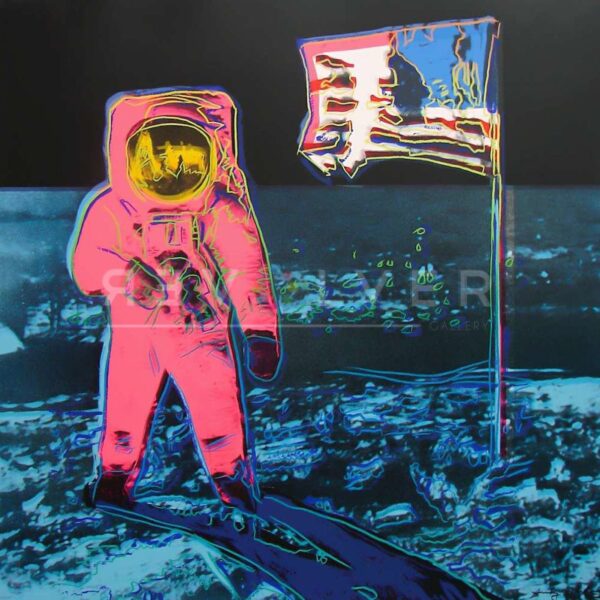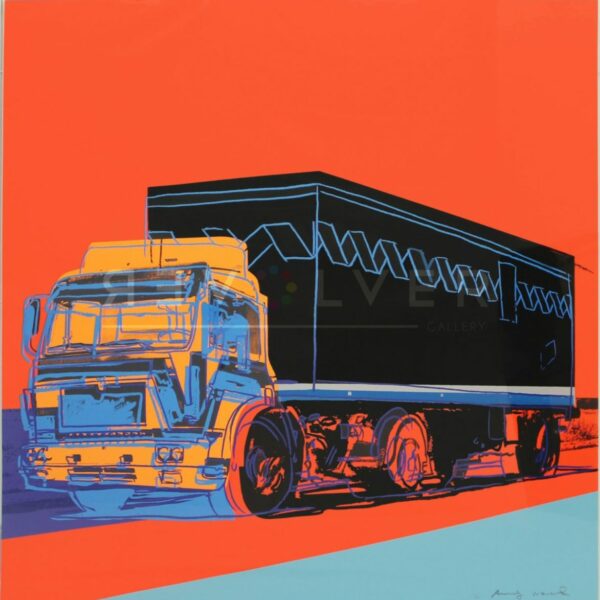Print Performance 2000-2022
Home ▸ The Warhol Market ▸ Recent Trends ▸ Print Performance 2000-2022
The Warhol Print Market Index
Note: for the most updated 2023 Warhol market data, click here.
In the past quarter-century, the Warhol print market has experienced overall steady growth punctuated by short bursts of volatility, outperforming major market indices in the long term. The consistent appreciation has only been interrupted twice: once during a 100 percent rise and then 28 percent fall during the global boom and subsequent contraction of 2006–2008, and once during a 40 percent post-COVID rise in 2021. The latter, though, has not yet been followed by a correction; instead, the market rose again by 9.6 percent in 2022— just under the 10.7 percent average return since 2000.
Warhol Print Market Index
The Warhol print market has demonstrated itself to be a reliable, high- returning investment over the past twenty years. The Warhol Print Market Index (WPMI) was created to demonstrate this, as well as to give investors information on the state of the market. The WPMI compares the public sales price of all Warhol prints by year against the performance of the Dow Jones Industrial Average. In the past twenty- three years, the Dow Jones hs returned 209 percent, and the WPMI has returned 480 percent.
WPMI vs DJIA
The Dow Jones has a compound annual growth rate (CAGR) over the past twenty-three years of 5.5 percent. The WPMI CAGR is 8.7 percent. This means investing in Warhols has historically returned about 60 percent more each year than the general equities market. A subset of the Warhol print market, however, has achieved an 11.2 percent CAGR—more than double that of the Dow Jones. That subset is the top five prints by sales volume
The Top Five Index
Five print series represent about one-fifth of all Warhol print sales in the past twenty years. These five series were used to generate a second index, which is compared to the WPMI in the following figure. The overall return of the Top Five index since 2000 is 80 percent higher than that of all prints combined: 821 percent versus 480 percent.
All Prints vs Top 5 by Sales Volume
The performance of the top five series followed the overall market closely until 2005. Then, the gap between the performance of all prints and that of the top five by sales volume began to widen. The most popular prints started gaining value faster than the lesser-traded prints. That gap has widened considerably since.
All Prints vs Top 5 Gap
The graph above, which depicts the absolute value of the gap between all prints and the top five since 2000, shows four distinct peaks: 2007, 2010, 2014, and 2018. The top line in the previous figure indicates that the years following each of those four years marked the only contractions in the top-five market. While the top-five gap nearly hit a new high last year, it did not drop this year—likely propped up by the performance of Marilyns and the continued COVID comeback.
As the top five bestselling Warhol prints have outpaced the returns of both the DJIA and the WPMI, they have historically been prudent investments. Given their recent performance, however, investors and collectors might prepare for more available inventory at slightly lower price points in the most popular Warhols next year.
Top Twenty Prints by Return 2000-2022
According to the 2022 Print Market Report, the average gain of the top twenty Warhol prints from 2000–2021 was 1,079 percent. This year, that same figure is 1,397 percent, a 29 percent gain. Much of that comes from two series: Endangered Species, which rose nine places to #4, and Alexander the Great, which rose seven places to become the best- performing Warhol print since 2000. The Ads portfolio dropped off the list completely, plummeting to #34.
Along with Ads, the popular Shoes and Flowers series also dropped off the top twenty; lesser-known and less-demanded prints such as Wayne Gretzky, Ingrid Bergman, Truck, and Neuschwanstein came on. As more popular prints level out after a steep increase in 2021, investors and collectors appear to be reaching for more accessible prints. Additionally, as the higher end of the market becomes more expensive, the accessibility of the lower end of the market could become more attractive.
The following grid depicts the top twenty Warhol prints by performance from 2000–2022. These top performers fluctuate each year as the relevance and value of prints changes. Only prints with greater than twenty-five public sales from 2000–2022 were considered. For prints with no sales in 2000, information was imputed back to 2000 using the WPMI and the earliest sales for the print after 2000. That price was compared to the average sales price in 2022 to determine the percentage gain.
Note: To calculate the top twenty prints by return, 2000–2022, each entry in the Published Prints section of the Catalogue Raisonné was considered as a single print.

